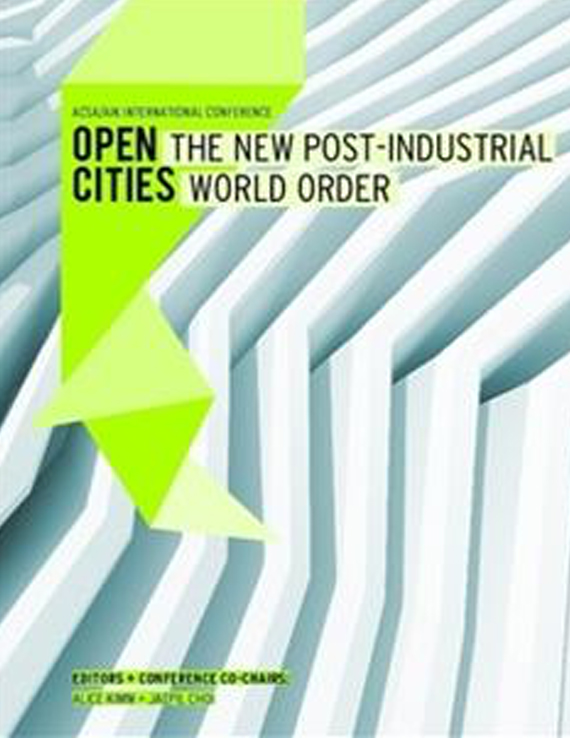Author(s): Joshua Bolchover
The paper will describe emerging spatial phenomenon that have arisen as a result ofthe complex urban dynamics occurring across the Hong Kong and Shenzhen borderin Southern China. This border currently operates to separate political ideologies; economicsystems; citizen identities and rights and social structures. Unlike other peripheralcity conditions this border is an extreme case; as Hong Kong thins out and becomesmore rural it is bound by the dense urban edge of Shenzhen. The coexistence of thecore and the periphery in such close vicinity is a unique urban morphology resultingfrom the historical evolution of both cities. A legacy of this evolution is the FrontierClosed Area – a buffer zone and police protected no man’s land that was set up by theBritish in 1951 to stem illegal migration and smuggling from the Mainland – that hasbeen closed off to the public until very recently.On February 15th 2012, 61 years after it was created, this zone was partially opened.A residual space that has developed its own ecosystem and natural habitat, the landpressures from both Hong Kong and Shenzhen now make this land extremely desirablefor development. What could the future use of this area be? How could it providean urban interface that could support the needs of the citizens of both Shenzhenand Hong Kong? How will the tension between private ownership, economic growthand public space be negotiated? How could the uses of the area adapt and change toeach city’s future development as they grow closer towards unification? The dual impetusof Chinese economic reform that commenced in the late 1970s together with“handover” and the establishment of the Hong Kong Special Administrative Region in1997 has meant that both cities have become increasingly codependent. Each urbansystem has become reliant on the other for specific forms of exchange that includedrinking water; capital; waste disposal; material and knowledge. As such, the futureof the Frontier Closed Area represents a critical juncture in the acceptance or rejectionof the creation of a conjoined Hong Kong-Shenzhen Metropolis.The paper will argue that the future of the FCA should harness the unique dynamics andspatial conditions that have evolved through the inherent differences between bothcities. These are manifested through narratives of this in-between space: Parallel traderstravel back and forth between the two cities laden with goods desired from eitherside; pregnant mothers transit to Hong Kong to give birth to guarantee citizen status fortheir newborns; border school children from Shenzhen cross the border daily to be educated;farmers in Shenzhen use informal border crossings to access agricultural land;or truck operators illegally dump containers creating scarred landscapes in Hong Kong.The paper will describe each story and their spatial implications and propose how theserelationships could give rise to a new form of urbanism – an Open City – for this zone thatprioritizes the construction of a unique and mutually beneficial urban ecology.
Volume Editors
Alice Kimm & Jaepil Choi
ISBN
978-0-935502-91-6

 Study Architecture
Study Architecture  ProPEL
ProPEL 
